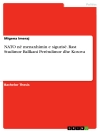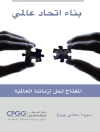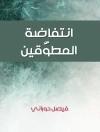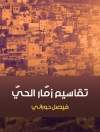This book demonstrates how peace is an event that comes into being in mundane and corporeal encounters. The book brings living and experiencing, sentient body to Peace and Conflict Studies and examines war and peace as socio-political institutions that begin and end with bodies. It therefore differs from the wider field of Peace and Conflict Studies where the human body is treated as an abstract and non-living entity. The book demonstrates that conflict and violence as well as peace touch our bodies in multiple ways. Through attending to witnessing, wounded, remembering, silenced and resistant bodies, the empirical cases of the book attest to the scope and diversity of war, peace and the political of post-conflict peacebuilding. The book offers a sustained engagement with feminist social and political theory and will be of interest to academics and practitioners alike.
表中的内容
Introduction: Corporeal Peacebuilding.- Thinking and Theorizing Peace: Corporeal and Mundane Dimensions.- Relational and Connecting Body on the Home Front.- Returning Body: Transferring Violence Across Time and Space.- Abjected and Silenced Bodies.- Peacebuilding as a Corporeal, Temporal and Mneumonic Site.- Peacebuilding in Colonial Relations.- Conclusions: Corporeal and Response-able Peacebuilding.
关于作者
Tarja Väyrynen is Professor in Peace and Conflict Research at the Tampere Peace Research Institute, University of Tampere, Finland. Her research in the field of peace and conflict focuses on gender and post-conflict peacebuilding. Her research draws from feminist theory and critical political theory.












